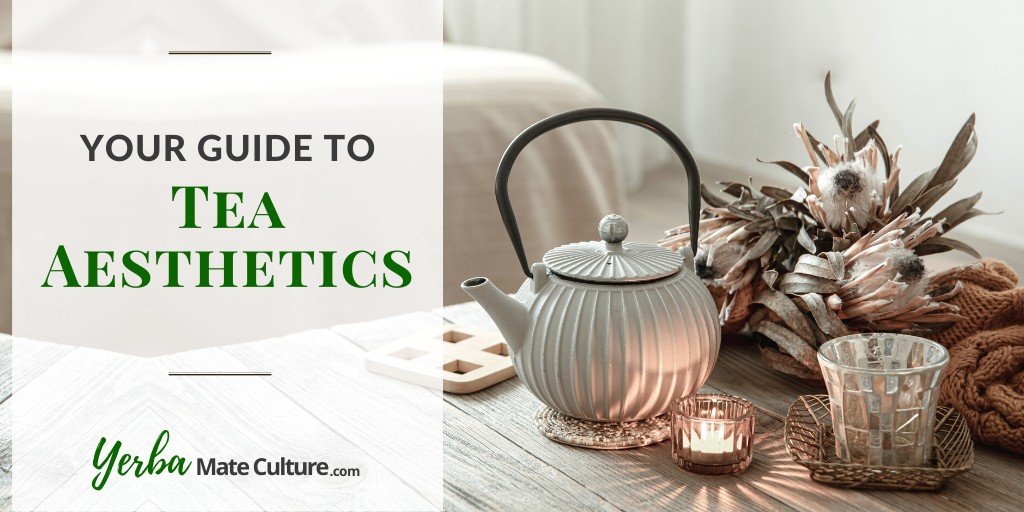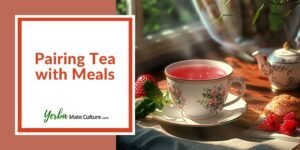Tea, in its essence, is more than just a drink; it’s a bridge connecting history, culture, and aesthetics, a tranquil ceremony that whispers the tales of centuries and civilizations.
In this article, we embark on a sensory journey to explore the aesthetics of tea — a celebration of its beauty that transcends mere taste and aroma.
From the meticulously arranged Japanese tea ceremony, with its dance of grace and precision, to the robust and spirited tea gatherings of the Middle East, where tea acts as a symbol of hospitality and community, we delve into the heart of what makes tea a global language of elegance and connection.
Join me in savoring the aesthetic pleasures of tea, where each brew is a masterstroke of artistry, and every cup is a canvas displaying the essence of its origin. Whether you’re a seasoned tea lover or new to the world of tea, let us raise our cups to the art and beauty that tea brings into our lives, one sip at a time.
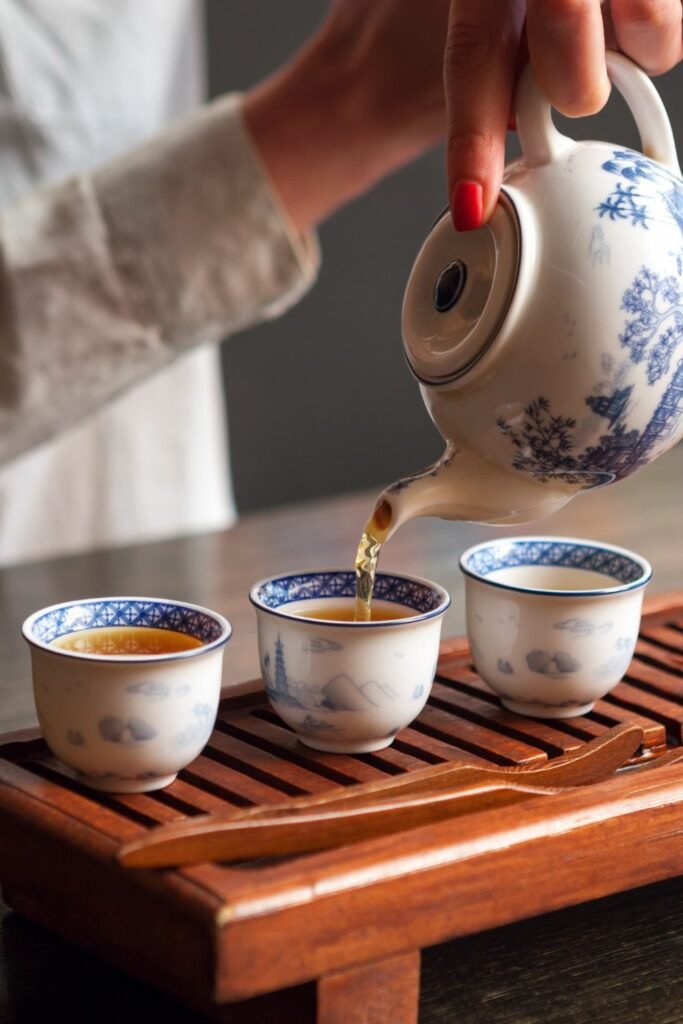
Introduction to Tea Aesthetics
Tea aesthetics transcend the simple act of drinking tea, embodying a rich blend of visual beauty, cultural depth, historical significance, and sensory pleasure.
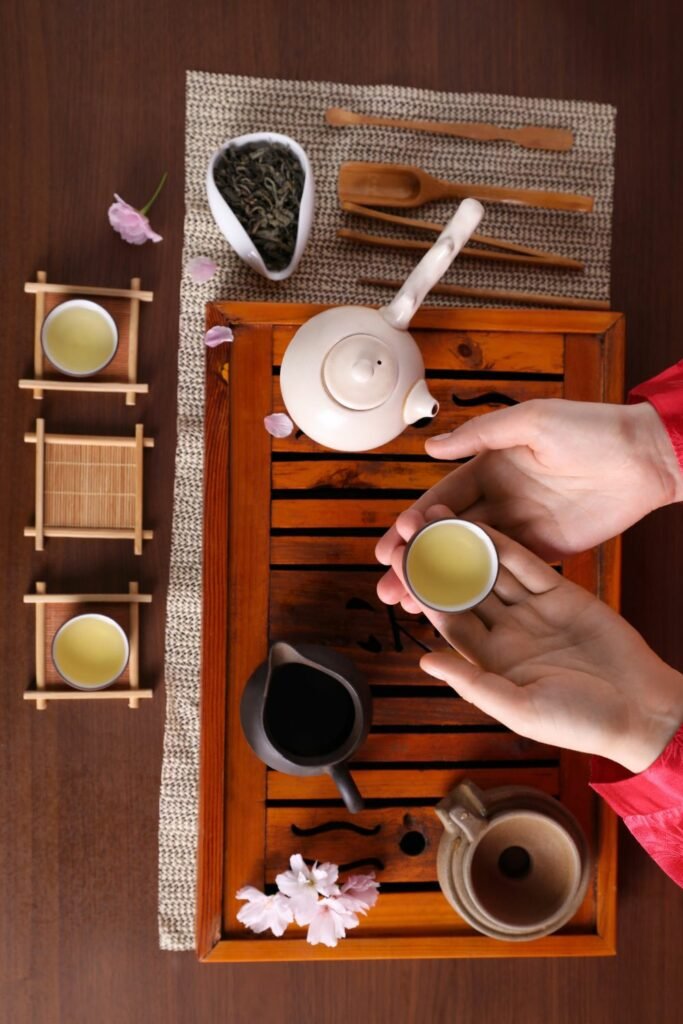
This multifaceted experience celebrates not just the flavor but the ritual, presentation, and the moment of tranquility that tea offers. At its heart, tea aesthetics is about appreciating the journey from leaf to cup, and how this journey reflects the traditions, philosophies, and artistry of different cultures.
The Importance of Tea in Various Cultures
In China, the birthplace of tea, the Gongfu tea ceremony emphasizes precision and mindfulness, showcasing the tea’s depth of flavor and the elegance of its preparation.
Japan’s Chanoyu, or tea ceremony, blends Zen philosophies with the art of tea, creating a meditative experience that honors harmony, respect, purity, and tranquility.
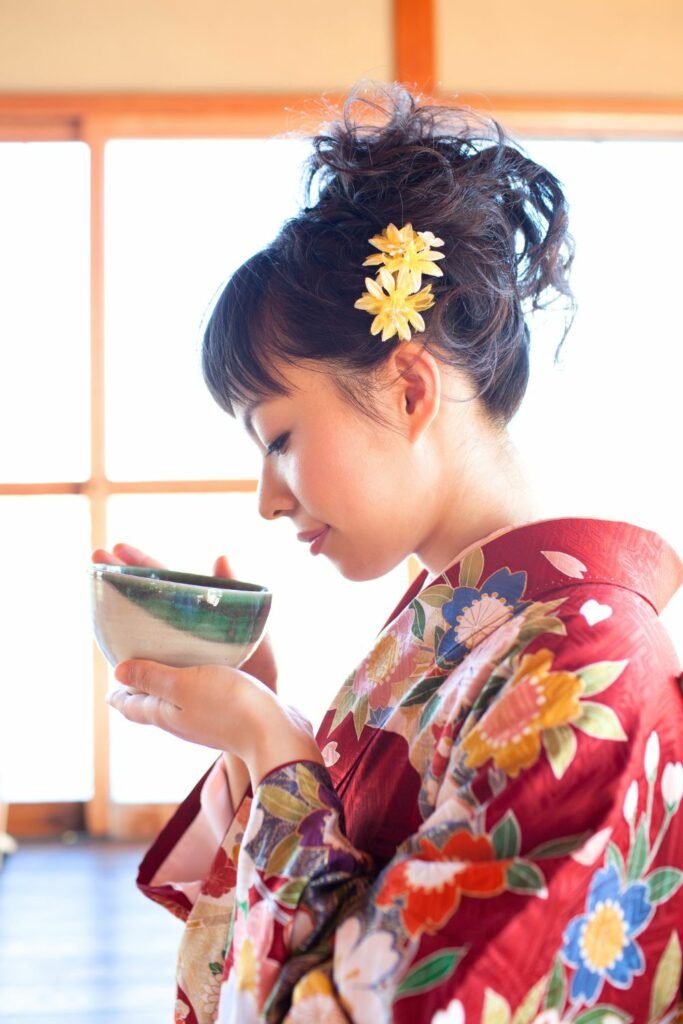
In India, tea is a vibrant part of daily life, with chai offering a tapestry of flavors that are as diverse as the country itself.
Meanwhile, the British afternoon tea tradition highlights the social and ceremonial aspects of tea drinking, celebrating it as an occasion for leisure and conversation.
Each culture has woven tea into its fabric in unique ways, creating distinct aesthetics that resonate with the values, history, and sensibilities of its people. Through exploring these varied landscapes of tea aesthetics, we begin to understand tea as a global language of beauty and connection.
Historical Roots and Evolution
The story of tea begins with a blend of myth and history, tracing back to ancient civilizations where it was revered not just as a beverage but as a medicinal elixir.
In China, the tale of Emperor Shen Nong, who discovered tea in 2737 BC when leaves accidentally fell into his boiling water, illustrates the serendipitous birth of tea drinking. This moment not only marked the inception of tea culture but also its evolution as an art form, influencing aesthetics, ceremony, and social practices.
Evolution of Tea Aesthetics
As tea spread from China to the rest of the world, its aesthetics evolved, shaped by the tapestry of each culture it touched. The Silk Road facilitated the first wave of cultural exchange, introducing tea to Central Asia, the Middle East, and beyond.
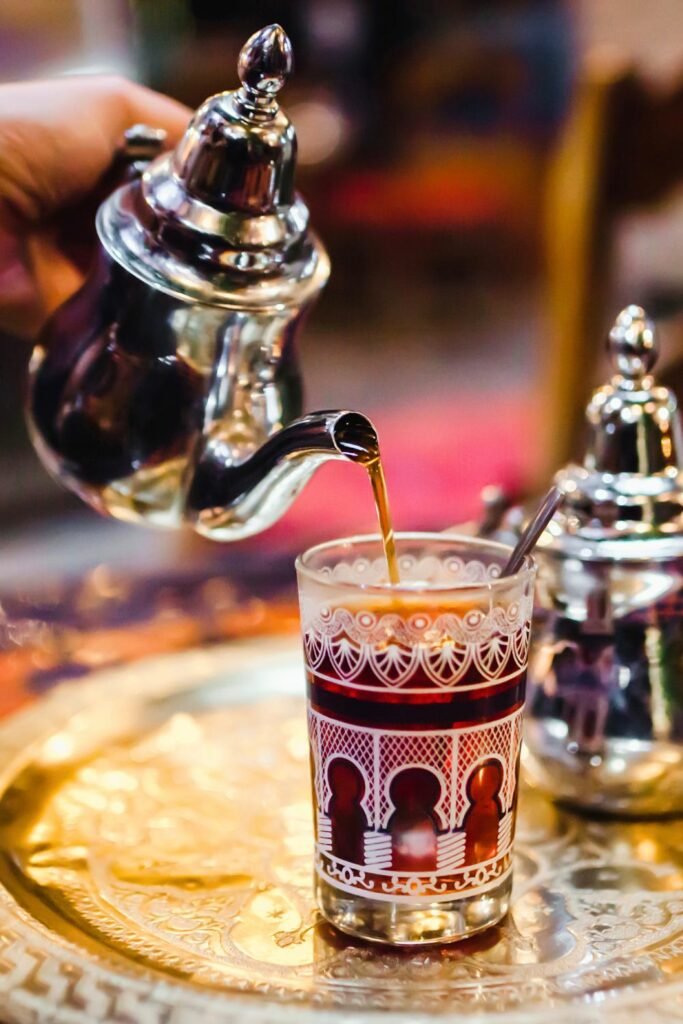
By the 17th century, tea had reached the British Isles, transforming from an exotic curiosity to a national obsession, giving rise to a distinct tea culture with its own rituals and aesthetic values.
The aesthetics of tea have been continually reshaped by social changes, trade, and interaction between cultures. In Japan, the influence of Zen Buddhism fostered the development of the tea ceremony, a spiritual practice focusing on simplicity and inner peace. In Europe, tea became a symbol of status and sophistication, with elaborate tea parties and finely crafted teaware.
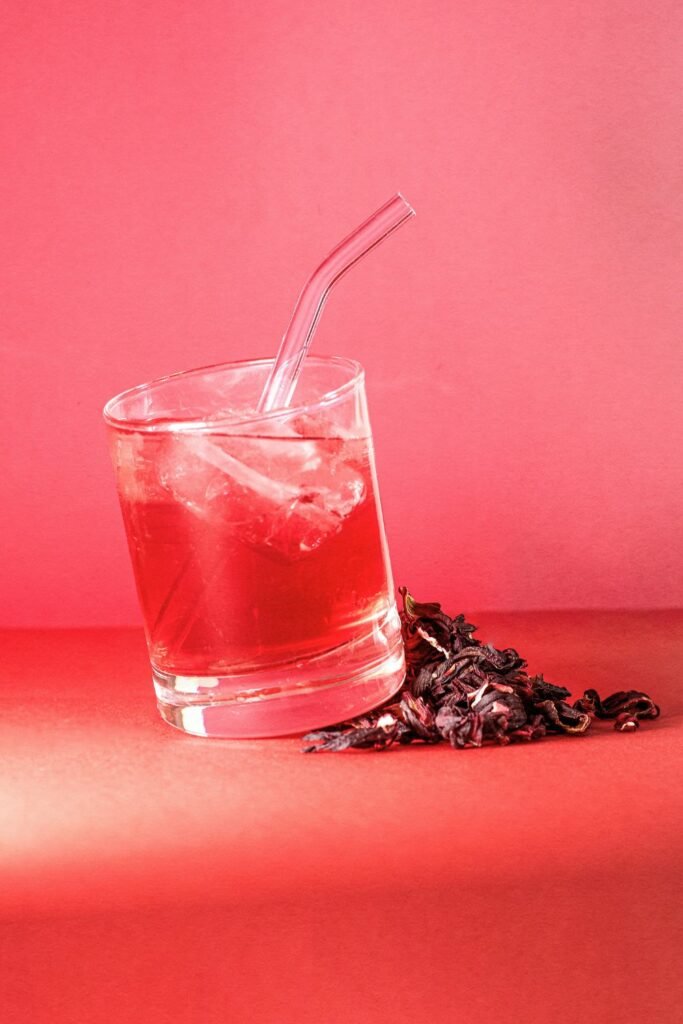
Through centuries of evolution, tea aesthetics have grown to encompass a wide range of expressions, from the spiritual and contemplative to the social and ceremonial. This journey reflects not only the adaptability of tea as a commodity but also its ability to embody the values and artistic sensibilities of diverse cultures, making it a true global heritage.
The Art of Tea Preparation
Different Types of Tea
Tea, in its essence, is a simple infusion of leaf and water, yet it blossoms into a complex world of flavors, colors, and aromas, distinguished into several main types: green, black, white, oolong, and pu-erh (plus herbal tisanes).

Each type offers a unique aesthetic experience. Green tea charms with its vibrant hue and fresh taste while black tea is known for its bold flavor and amber warmth.
White tea has a delicate and subtle complexity, oolong presents a beautiful spectrum of color and a sophisticated flavor profile, and pu-erh, which ages gracefully, deepening in richness and depth over time.
These teas, with their distinct aesthetic qualities, serve as the foundation for the art of tea preparation.
Ceremonial Preparations
Tea ceremonies, rich in tradition and philosophy, offer a glimpse into the ceremonial heart of tea culture.
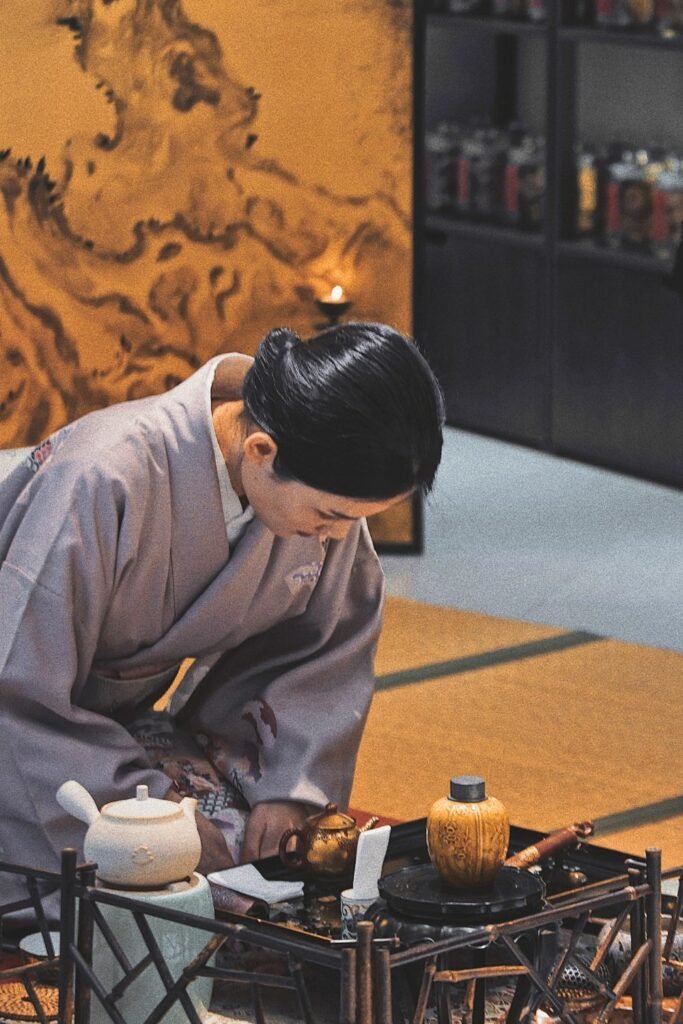
The Japanese Chanoyu, rooted in Zen Buddhism, is a choreographed ritual that emphasizes purity, tranquility, and respect, inviting participants to a moment of mindfulness and connection.
Similarly, the Chinese Gongfu tea ceremony focuses on the precision and grace of preparation, allowing the drinker to fully engage with the tea’s aesthetic and sensory qualities.
These ceremonies showcase the deep cultural reverence for tea, highlighting the harmony between the human spirit and the natural world.
Modern Interpretations
In the modern era, tea preparation and presentation have embraced innovation, blending traditional techniques with contemporary tastes.
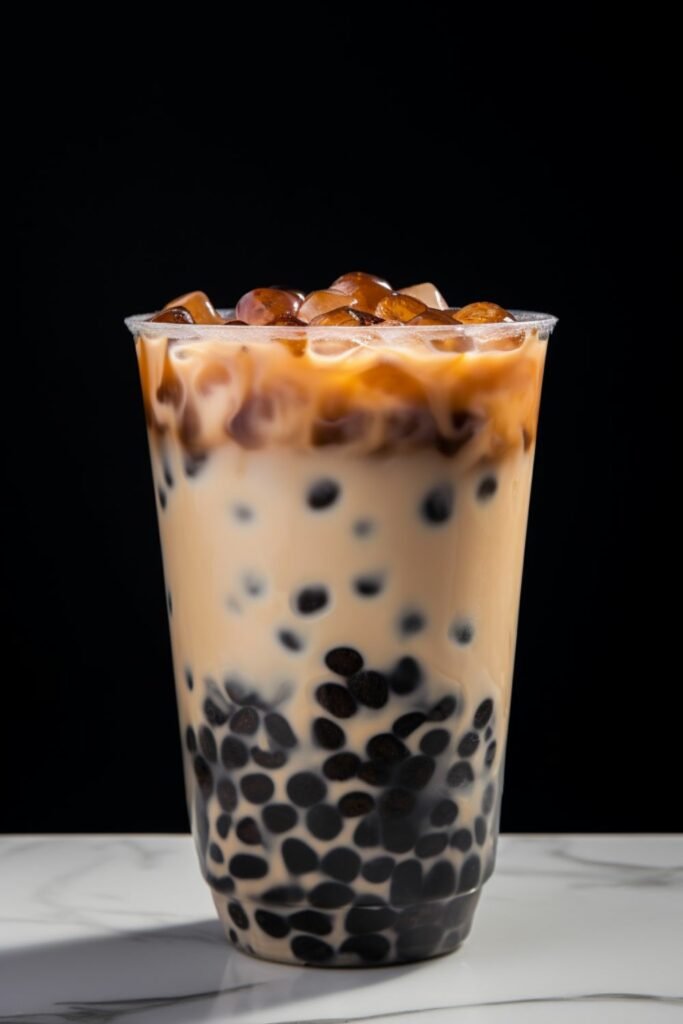
Fusion tea beverages, such as matcha lattes and bubble tea, reflect a playful and inventive approach to tea, making it accessible to a new generation of enthusiasts.
Moreover, the role of tea in modern cafes and social settings has evolved, with a focus on aesthetic presentation and the artistry of tea brewing. These modern interpretations of tea preparation not only honor the timeless traditions of tea culture but also contribute to its ongoing evolution, ensuring that the beauty of tea continues to be appreciated and explored in new and exciting ways.
Sensory Experience of Tea
1. Visual
The visual allure of tea begins with the infusion’s hue, a palette that ranges from the palest jade to the deepest amber, captivating the eye and setting the stage for the tasting experience.
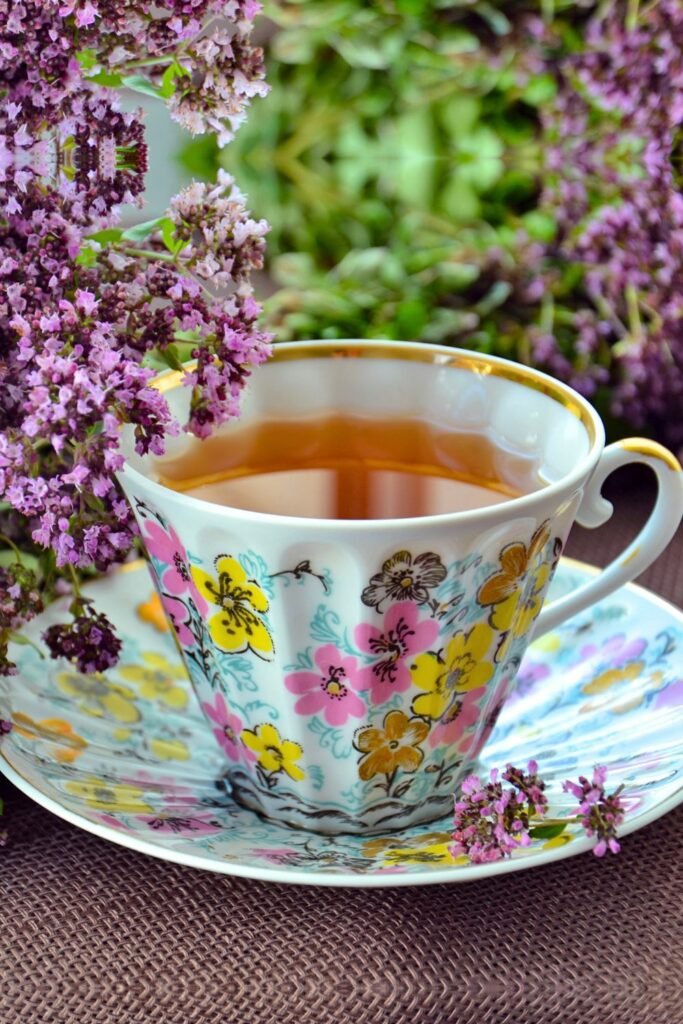
This aesthetic dimension extends to the tea ware and presentation, where the artistry of teapots, cups, and accessories plays a significant role. The choice of materials, shapes, and colors not only complements the tea but also enhances the ritual, turning each brew into a visual ceremony.
Whether it’s the rustic elegance of a clay pot or the delicate transparency of fine porcelain, the visual aspect of tea preparation and enjoyment is an integral part of its aesthetic appeal.
2. Aroma and Flavor
The sensory journey of tea is deepened by its aroma and flavor, qualities that unfold from the moment the water meets the leaves.
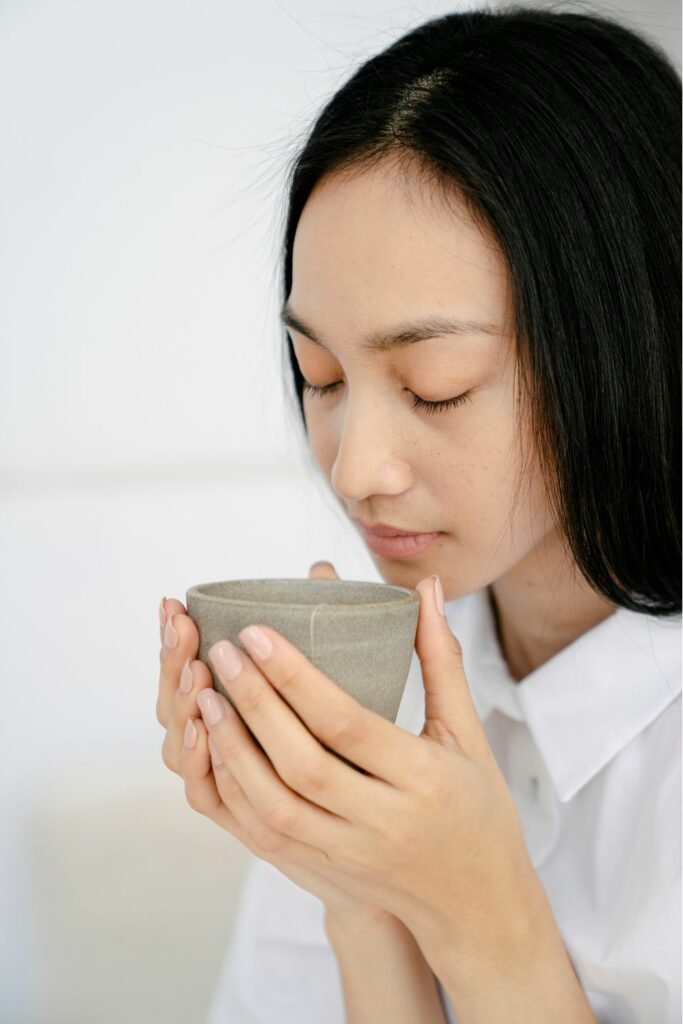
Each type of tea offers a unique olfactory and gustatory profile: green tea may whisper of fresh grass and spring mornings, while black tea might evoke notes of malt, chocolate, or ripe fruits. Oolong teas can range from floral to woody, revealing layers of complexity with each sip.
The mouthfeel, too, contributes to the experience, whether it’s the smooth silkiness of a well-brewed white tea or the robust, full-bodied texture of pu-erh.
Together, these sensory attributes form a rich tapestry, inviting a mindful appreciation of the moment.
3. The Sound and Feel
The experience of tea is not just confined to taste and sight; it encompasses the sounds and tactile sensations that accompany the ritual of tea.
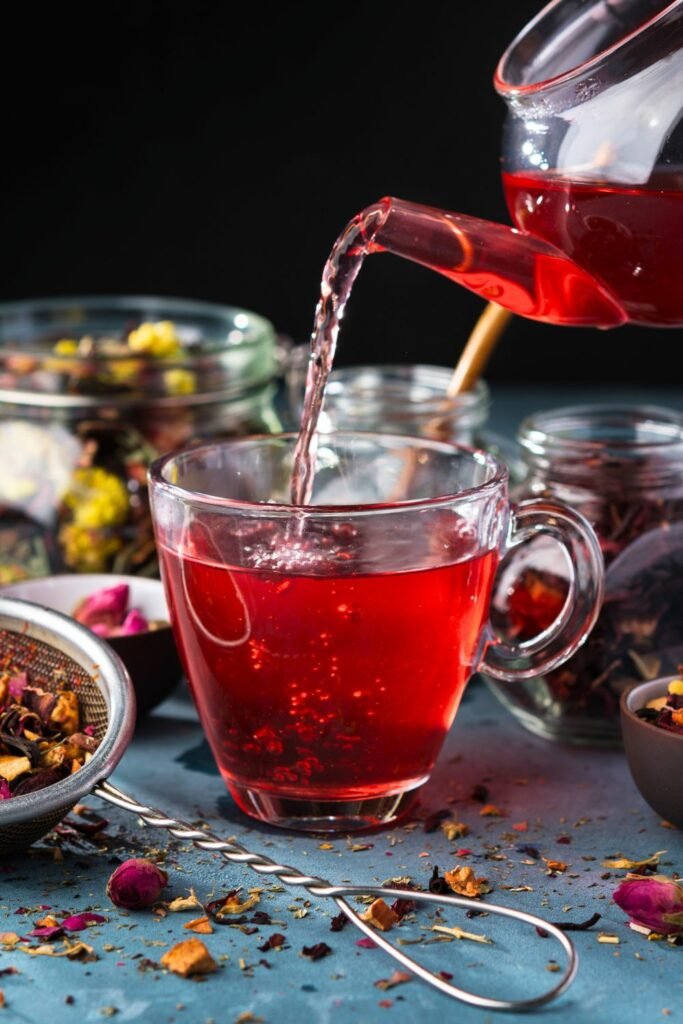
The gentle pour of water, the soft clink of ceramics, and the quiet whisper of steam rising from the cup enrich the ambiance, creating a symphony of calm.
Holding a warm cup, feeling the weight and texture against the palms, and the heat radiating through the fingers, invites a moment of connection and introspection. These ambient sounds and tactile experiences contribute to the holistic aesthetic of tea, transforming it from a mere beverage to a sensory ritual that engages the body and soul.
Tea Spaces and Aesthetics
Tea Rooms and Gardens
The spaces dedicated to tea consumption and enjoyment are as varied and rich in aesthetic principles as the beverage itself.
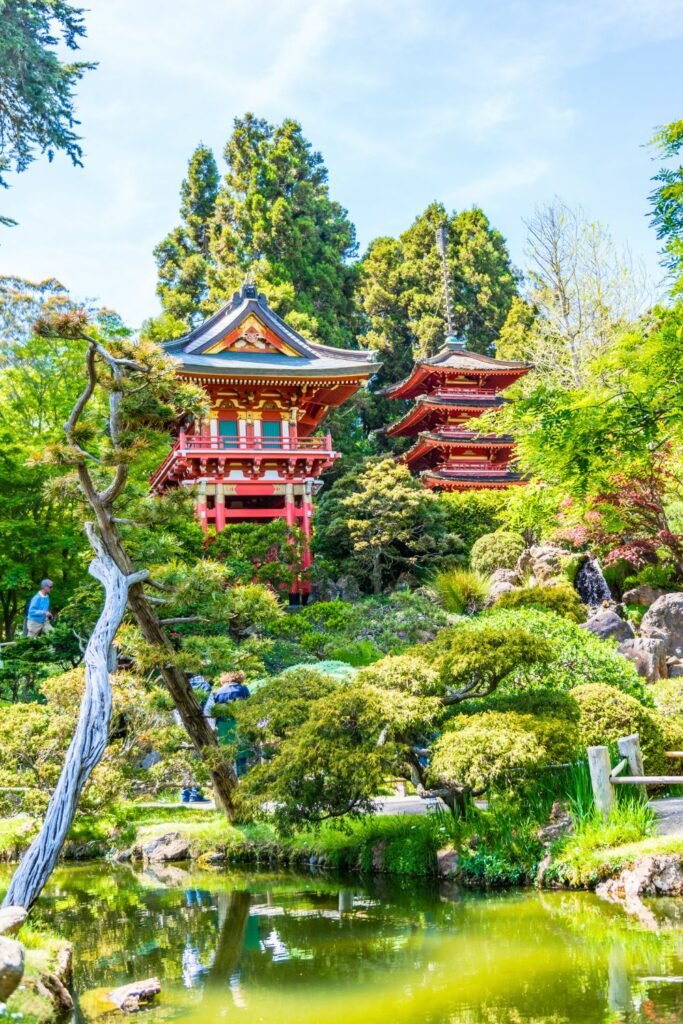
Traditional tea rooms and gardens, found in countries with deep tea traditions such as China and Japan, serve as sanctuaries where every element, from architecture to landscaping, is designed to foster harmony, tranquility, and a deep connection with nature. These spaces often adhere to aesthetic principles that emphasize simplicity, natural beauty, and the subtle interplay between light and shadow, inviting a contemplative mindset.
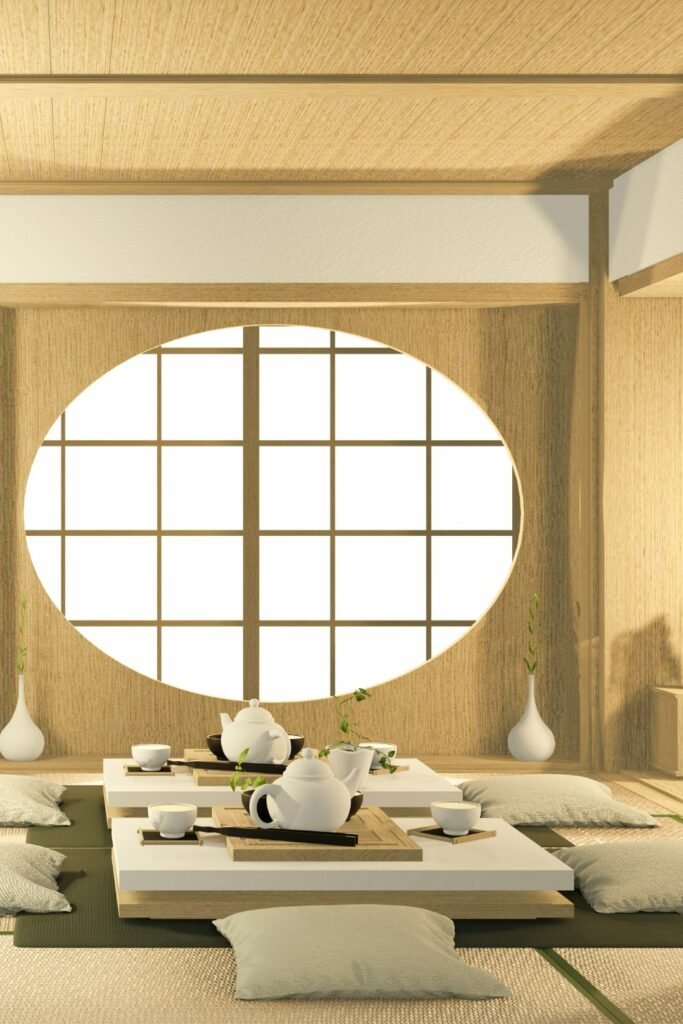
Modern interpretations of tea rooms blend these traditional elements with contemporary design, creating spaces that are both serene and stylish, where the act of drinking tea becomes an immersive experience.
Home Tea Corners
Creating a personal tea corner at home offers a wonderful opportunity to infuse daily life with the aesthetics of tea culture.
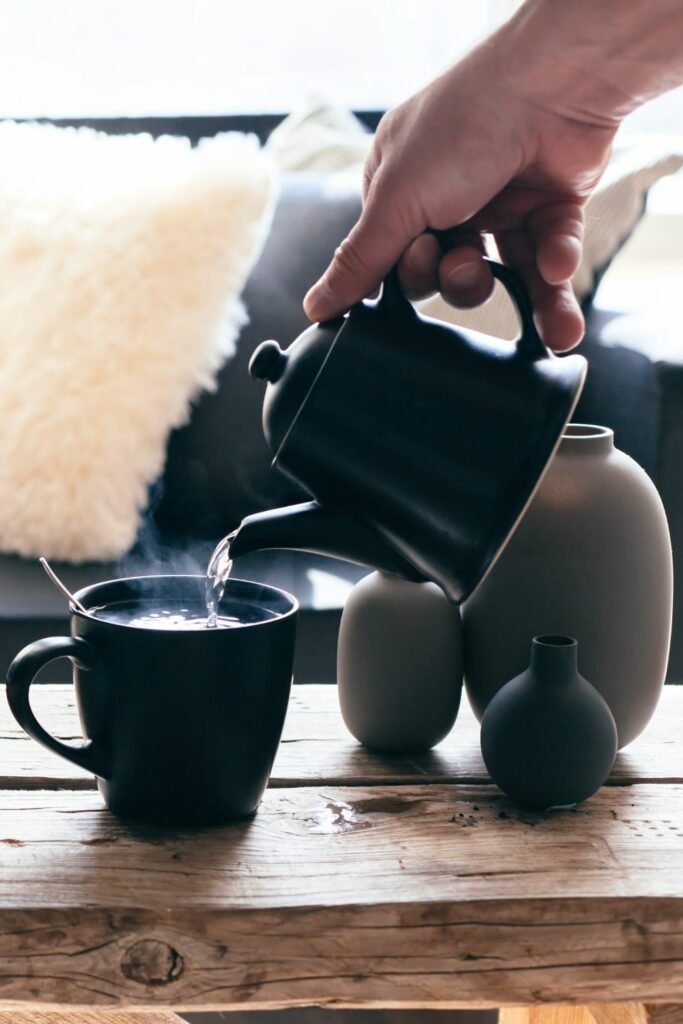
Begin by selecting tea ware that speaks to your personal style, whether it be handcrafted ceramics, vintage pieces, or modern minimalist designs. The choice of tea ware can greatly influence the visual and tactile aspects of your tea ritual.
To cultivate a tranquil atmosphere, consider the layout and decor of your space. Incorporating elements like indoor plants, soft lighting, or a piece of calming art can transform a simple corner into a haven for tea enjoyment. Think also about the arrangement of your tea utensils and accessories, creating a setup that is not only functional but visually pleasing.
A well-curated tea corner can serve as a daily retreat, a space where the beauty of tea aesthetics can be appreciated and savored.
Tea in Art and Literature
Tea in Visual Arts
Throughout history, tea has been a prevalent theme in the visual arts, serving as a rich source of inspiration for painters, ceramicists, and filmmakers alike.
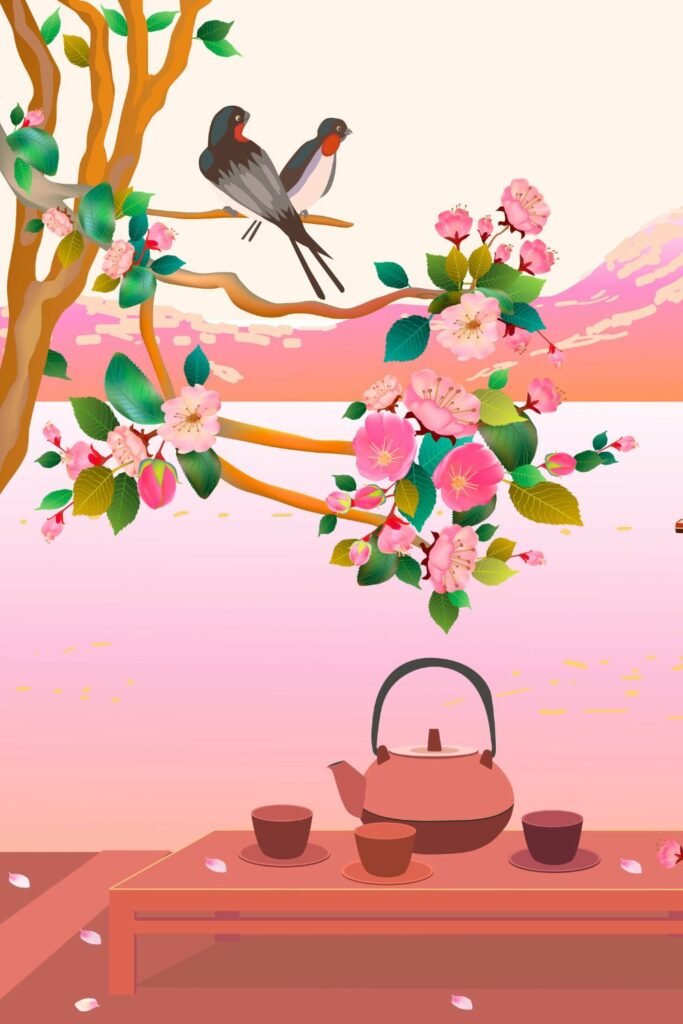
In paintings, tea scenes often depict moments of social gathering, solitude, or contemplation, reflecting the cultural attitudes and aesthetic values of the time. The intricate designs of tea ware in ceramics showcase the craftsmanship and artistic vision dedicated to the tea experience, from the rustic beauty of Raku ware in Japan to the delicate porcelain of China.
In film, tea moments can symbolize a turning point or a deepening of relationships, using the ritual of tea as a backdrop for emotional and narrative development.
These artistic representations not only celebrate the beauty and ritual of tea but also offer insight into the societal role and significance of tea across different cultures.
Literary References
In literature and poetry, tea often appears as a potent symbol of hospitality, contemplation, and social bonding.
From the elaborate tea parties of Victorian novels to the introspective tea moments in Japanese haiku, tea serves as a vehicle for storytelling and emotional expression.
Writers have long used tea settings to explore themes of connection, reflection, and transition, recognizing the tea table as a place where characters can come together or where moments of introspection can occur. In poetry, the act of preparing and enjoying tea is sometimes employed to evoke a sense of peace, simplicity, and harmony with nature, mirroring the poet’s philosophical or aesthetic musings.
The recurring presence of tea in literature and poetry underscores its enduring appeal as a symbol of culture, tradition, and the human experience, woven into the fabric of storytelling across ages and societies.

